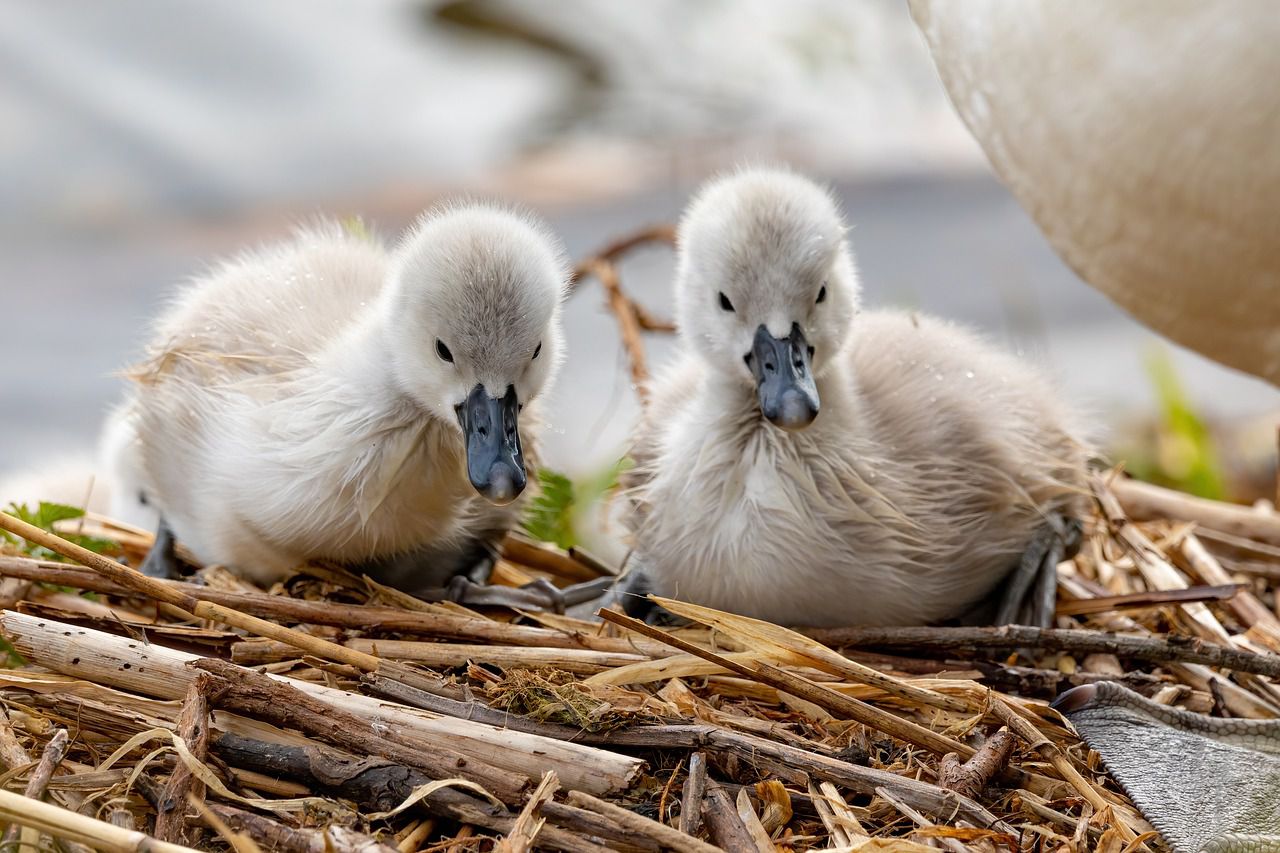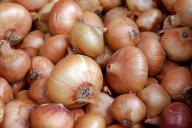Birds make nests through a fascinating process that involves innate instincts, learned behaviors, and a range of materials from their environment.
Nest building is essential for creating a safe and secure environment to lay eggs and raise their young.
The specific method of nest construction can vary widely among bird species, but there are general steps and techniques that most birds follow.

Gathering Nesting Materials
Birds collect a wide range of materials to construct their nests.
Common materials include twigs, leaves, grass, feathers, moss, mud, spiderwebs, and even human-made materials like paper or plastic if they are available.
Birds use their beaks to carry these materials back to the nest site.
Constructing the Framework
Most birds start by building a basic framework for their nest.
They arrange larger twigs or sticks in a circular pattern to form the outer structure.
Some birds may use mud to cement the materials together and provide stability to the nest.
Adding the Lining
After creating the basic structure, birds add a softer lining to the nest to make it more comfortable and suitable for incubating eggs.
This lining can include feathers, fur, soft grass, and other materials that provide insulation.
Shaping the Nest
Birds shape the interior of the nest by pressing their bodies against the lining and walls.
This action helps to mold the nest into the desired shape and ensure a snug fit for the eggs and chicks.
Camouflaging the Nest
Many bird species take measures to camouflage their nests, making them less visible to predators.
They may use materials that match their surroundings or have color patterns that blend with the environment.












